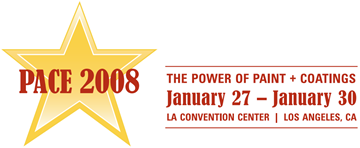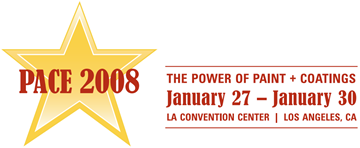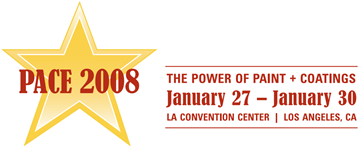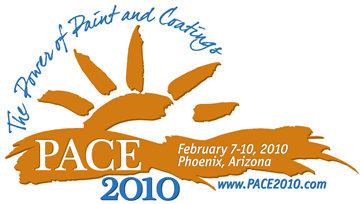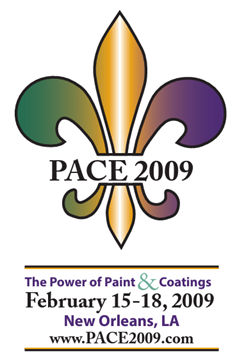Search
Individual Conference Papers
View as
Sort by
Display
per page
Polyurea Applied Over 30 Gage Galvanized Flashing
Product Number:
41212-716-SG
Publication Date:
2012
$20.00
Polyurea Aramide Fiber Composite For Blast Mitigation
Product Number:
41206-261-SG
Publication Date:
2006
$20.00
Polyurea Coatings. If You Knew What Could Go Wrong...
Product Number:
41205-189-SG
Publication Date:
2005
$20.00
Polyurea for Potable Water – Overcoming Structural Challenges for a Successful Waterproof Lining System
Product Number:
41208-410-SG
Publication Date:
2008
$20.00
Polyurea Geomembranes for Primary Containment over Concrete
Product Number:
41208-429-SG
Publication Date:
2008
$20.00
Polyurea Geomembranes High Performance Seamless Liners
Product Number:
41208-430-SG
Publication Date:
2008
$20.00
Polyurea Great Wall Beijing-Shanghai High Speed Railway Polyurea Protection Project
Product Number:
41211-658-SG
Publication Date:
2011
$20.00
Polyurea Great Wall Beijing-Shanghai High Speed Railway Polyurea Protective Project
Product Number:
41212-719-SG
Publication Date:
2012
$20.00
Polyurea Thick-Film Elastomeric Coating/Lining Systems Accelerated Weatherometer Testing vs. Real Life Exposure
Product Number:
41210-565-SG
Publication Date:
2010
$20.00
Polyurea: The New Frontier In Construction
Product Number:
41209-481-SG
Publication Date:
2009
$20.00
Polyurethane Coating Systems for Parking Structures
Product Number:
41206-287-SG
Publication Date:
2006
$20.00
Polyurethane Coatings: OSHA’s NEP Program and Review of the Safe Use and Handling of High Performance Coatings from the Isocyanate Supplier’s Perspective
Product Number:
41214-816-SG
Publication Date:
2014
$20.00




